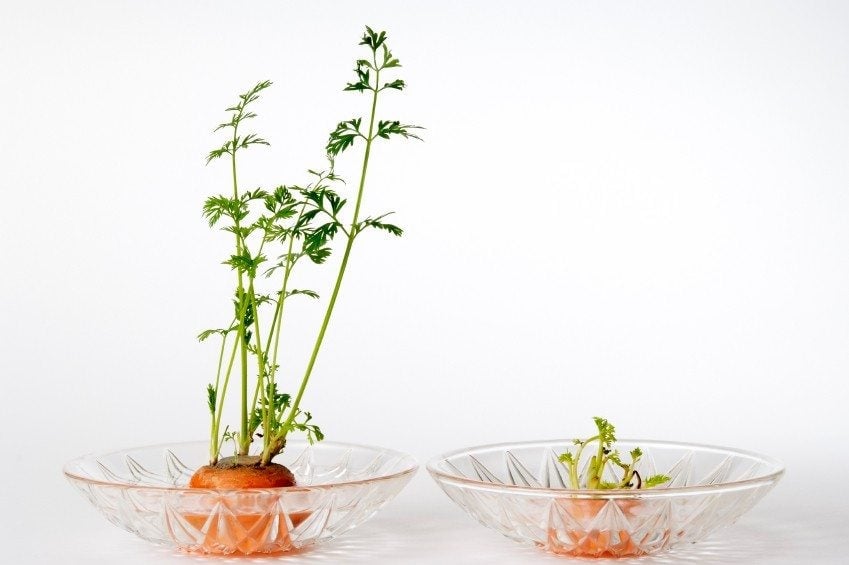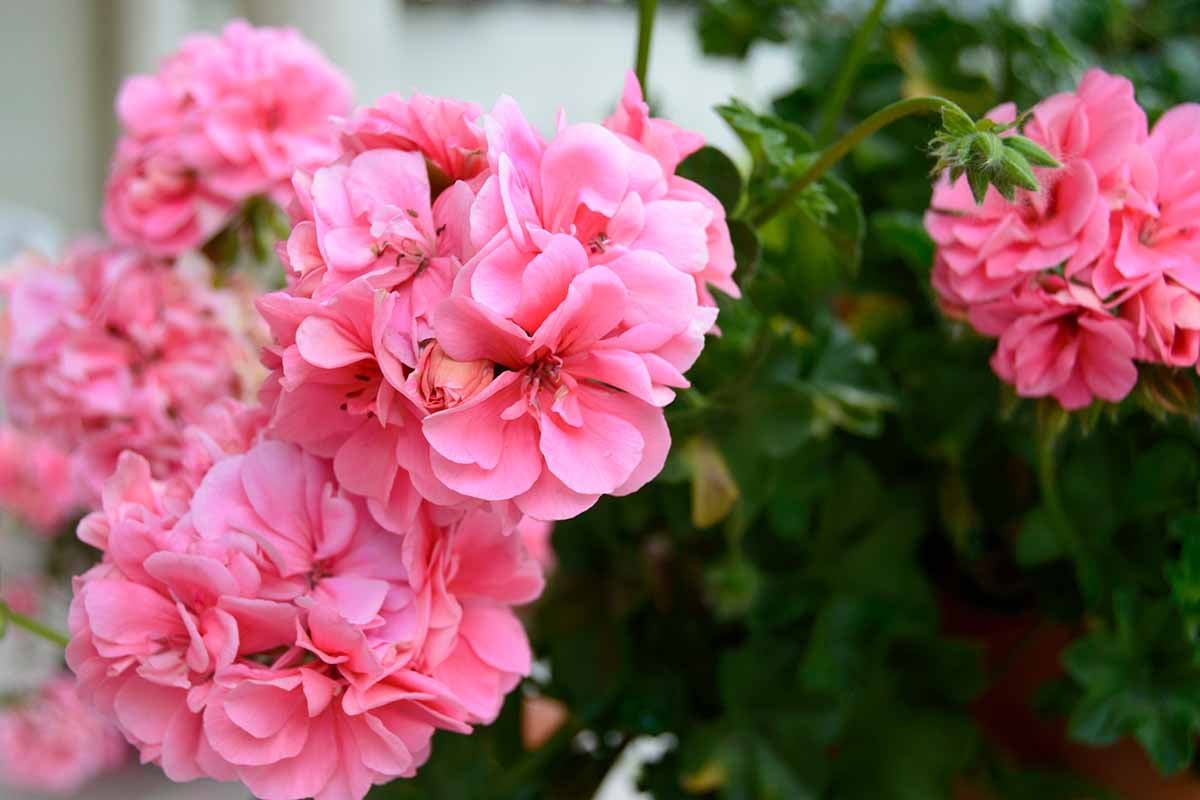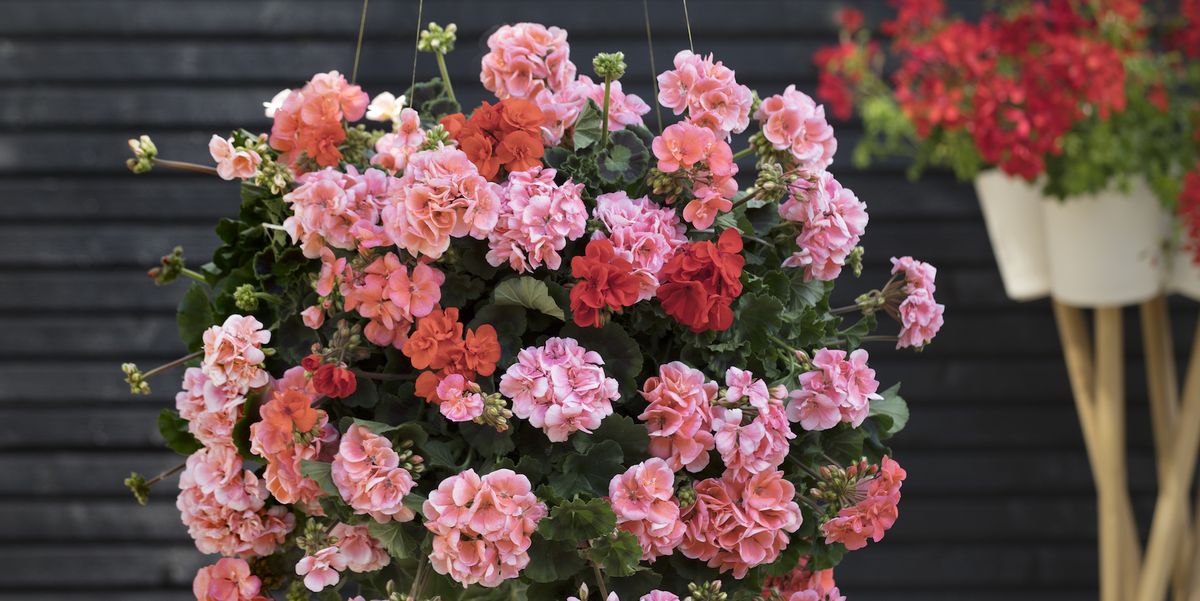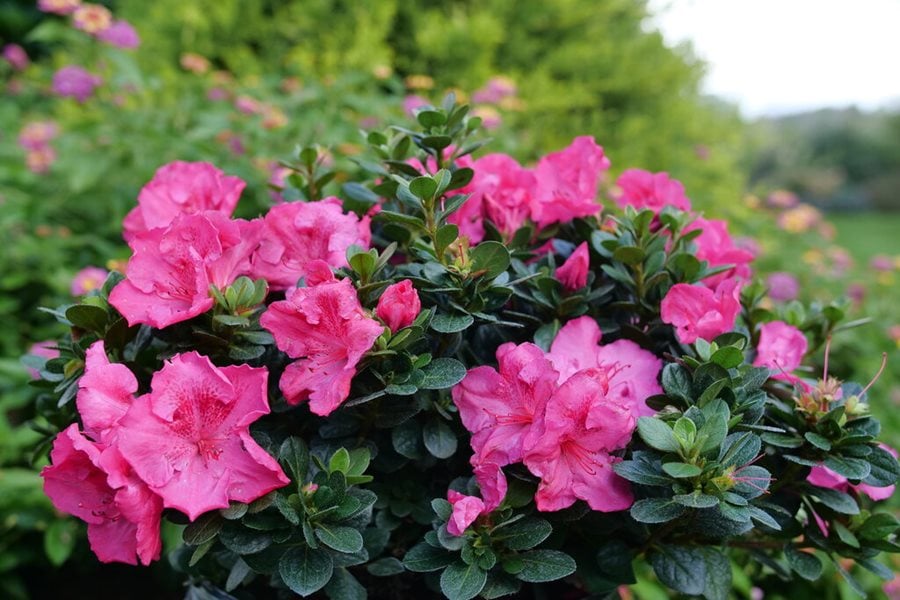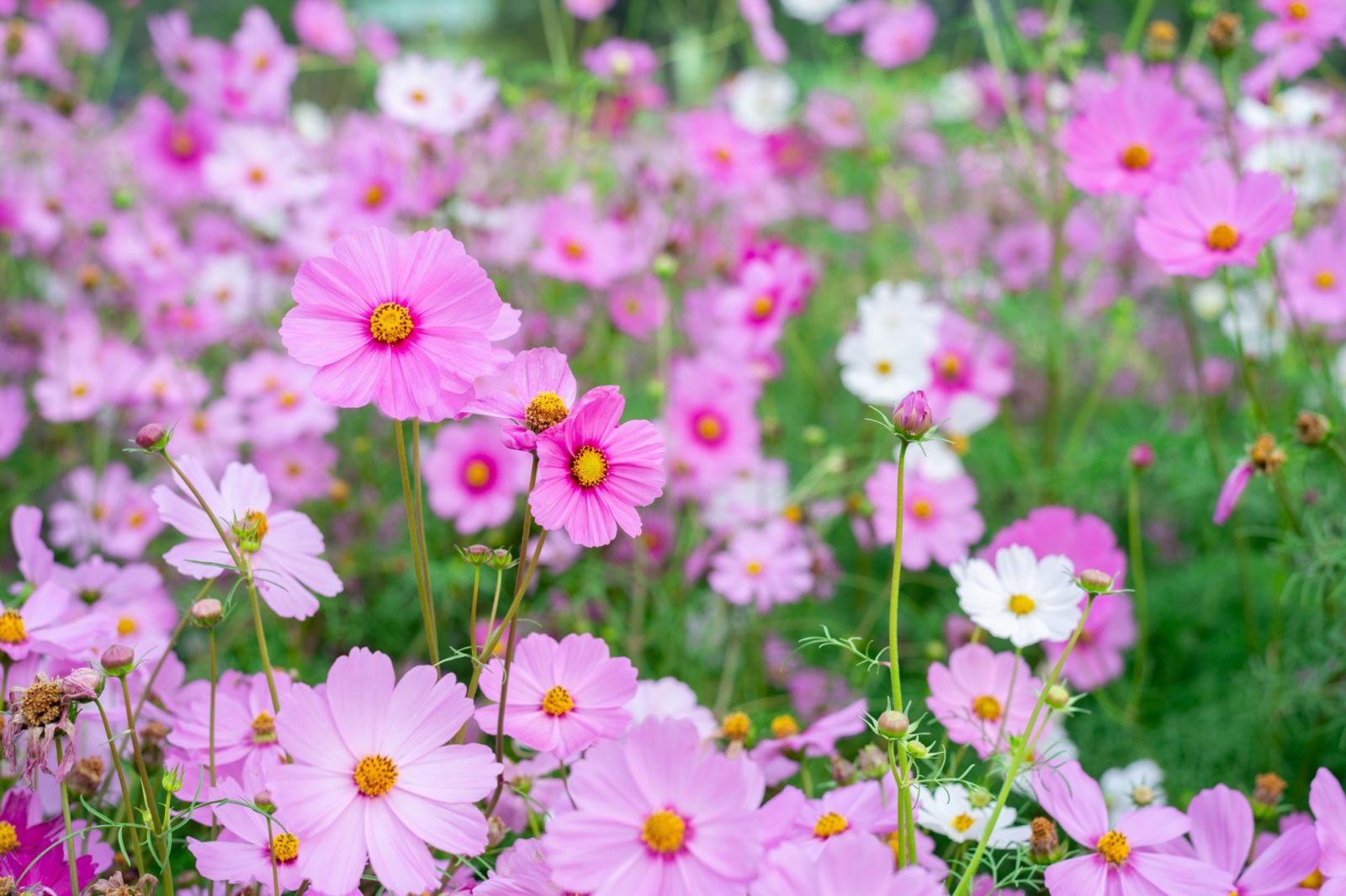How to Grow Beautiful Forsythia Flowers in Pots or Containers
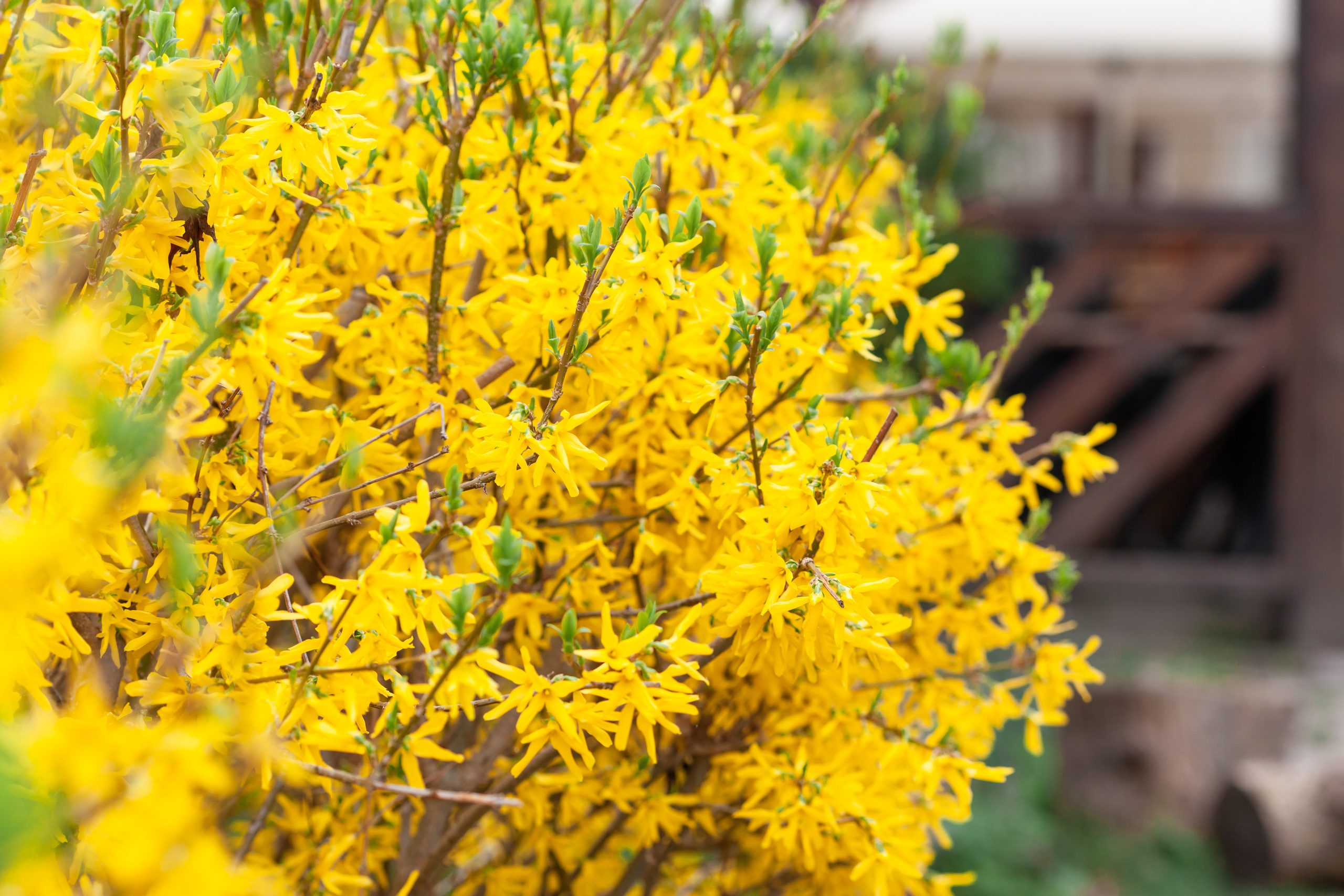
Table of Contents
Forsythia is a deciduous shrub. These yellow-coloured flowering shrubs belong to the olive family. These are fast-growing and most commonly seen in Asia. Insects love forsythia flowers, and you’ll get to see these flowers always surrounded by bees and butterflies.
Forsythia can be grown outside in the gardens or even indoors. The vibrant yellow looks are beautiful when arranged in a pot. The flowers grow to around 10 feet in height. These can be planted in early spring or even in the winter season. Forsythia in pots is low maintenance, and you can view blooming flowers.
How to Grow Forsythia Flower
- Choose a location that receives both sunlight and some shade.
- Compost can help improve heavy soil.
- Plant all year long, but water during dry spells.
- Mar-Apr and Sep-Oct are the best months to plant.
- Make a hole that is twice as big as the rootball.
- Insert the plant, and add soil and water thoroughly to help the dirt surrounding the roots settle.
- Allow it to expand to an 8-foot height and width.
Steps to Grow Forsythia in Pots
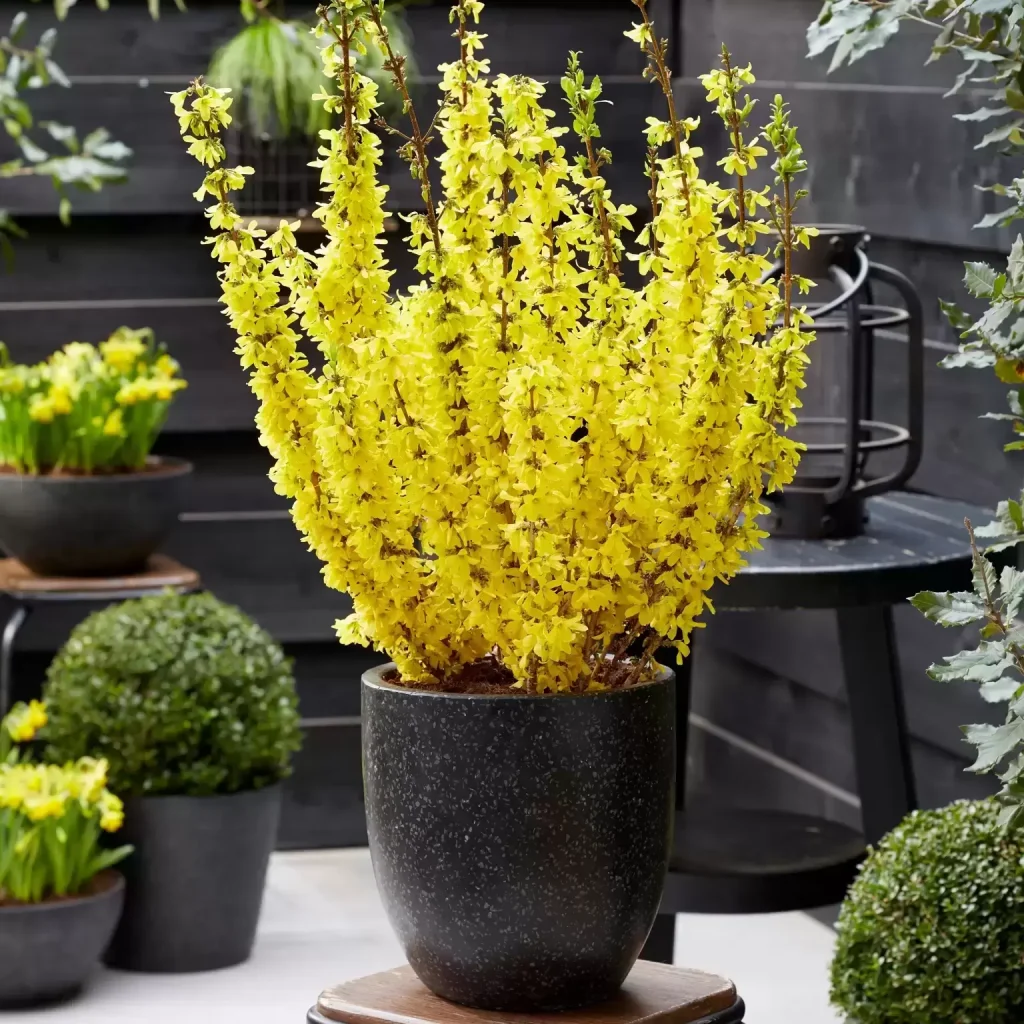
You will first have to get the forsythia seeds. You can get it from the bush flowers or buy some from the market. Growing Forsythia in pots will need the utmost attention, but it’s easy to develop and maintain once that’s done.
Following are the steps to grow Forsythia in pots:
- Fill the pot with some soil. Then add the seeds or plant that you have at the centre.
- Fill up the pot with soil at the sides as well.
- Keep the pot in bright sunlight where it gets direct light.
- Keep the soil moist; if it appears soggy, it needs immediate attention.
- Watch the plant bloom with colourful yellow flowers.
Re-potting Forsythia
You do not need to re-pot the plant frequently. If you notice that the plant has grown larger than the container, then it is time to re-pot. The excellent time to re-pot is around the fall or spring. You can re-pot it in the fall when all the blooming is finished and the winter season approaches, or you can re-pot it at the beginning of spring when plants are about to bloom and flowers are bright and lively.
When re-potting, you have to take care of a few things. Ensure that the container you choose to re-pot is slightly bigger than the previous one and has drainage holes. You must then carefully remove the shrub from the plot and place it in the new container. The roots should be untangled before planting and produced at the same depth as before. Fill the remaining pot with soil and keep it light. Water the plant regularly. Ensure you re-pot it early enough, or you might not get any blooms for the coming spring season.
Healthcare for Forsythia
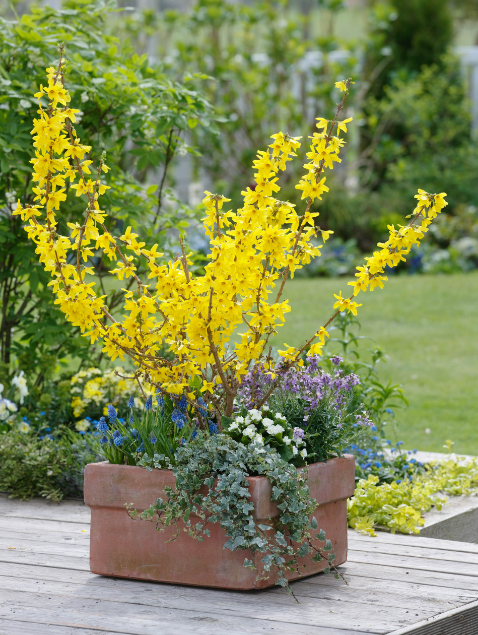
Forsythia requires little maintenance after it is established, except for pruning after the flowers have faded. Cover the area with mulch made of well-rotted organic material to maintain healthy soil around the roots after pruning. While not necessary, using a general slow-release fertilizer simultaneously will accelerate growth.
Pruning is required once a forsythia has grown. In mid-spring, immediately after flowering, cut back the flowered growth to vigorous shoots facing upwards or outwards near the shrub. Remove up to one-fifth of old stems from the base to encourage new shoots at the bottom.
Hard pruning is feasible for a damaged or overgrown Forsythia. This can be done any time between autumn and the beginning of spring. To lessen any potential stress to the plant, it can be done in a single year or spaced out over two years.
Watering Forsythia
Forsythia in pots requires more water as they dry very quickly. So, you should water the plant whenever the soil surface is drying out. It grows well in moist soil and can also survive in drought conditions. It would be best if you wet the plants in pots regularly until they’re well settled.
Sunlight
Forsythias should get proper sunlight. It should be placed where the sunlight is not blocked in any way. New plants require 5 to 6 hours of daylight daily. It will survive for half a day without light, but make sure this situation is avoided. Forsythia grows best when exposed to direct sunlight.
Fertiliser for Forsythia
Forsythia is a kind of shrub that usually does not require fertilizer. But if the plant is one year old and in good health, you can use some fertilizers to grow it even more. You can add the fertilizer every week to maintain its health. You should add one cup of fertilizer to the base of the plant and water it well. Summer and spring are good times to use fertilizer and watch them grow beautifully.
Soil
Forsythia is a complex plant and requires soil that is moist by nature. These do not require specific pH levels and can survive in alkaline and acidic soils. Due to their complex nature, they can grow well in clay soil. You should prefer soil that is loose and has good drainage for water.
Climatic Conditions
Forsythia responds well to the humid climate. The temperature should be between 55 and 60 degrees Fahrenheit. The temperature should not be too hot or cold. If the climatic conditions are unsuitable, it directly affects the season’s flowers.
The plant can also survive in the winter. But most types of Forsythia do not respond well to the winter season. If the climate is frigid, you won’t see the flowers blooming this season. But the plant grows flowers the following year. So, while choosing the type of Forsythia, ensure the plant is challenging and healthy.
Propagating Forsythia
Propagating Forsythia means to grow and multiply the shrubs. The best time to propagate the plant is during the summer season so that it grows well by the rainy season. Stem cutting and layering are methods to propagate plants.
Following are the steps for the stem-cutting process:
- Choose a plant that is 6 inches long and in good condition. The more the plant has leaf nodes, the better it is for stem cutting.
- Using a sharp knife, cut the stem exactly below the leaf node.
- The next step is to remove the leaves from the stem.
- Place the cut stem two inches deep into the soil. Make sure that the earth is moist by nature.
- Keep the pot in a bright place where it receives sunlight.
- Water the plants regularly and keep an eye on them.
- After a few weeks, check for the roots of the plants. The cut stem must be rooted by then.
- As the plant grows, you need to shift it into a bigger pot so that it blooms bright yellow flowers.
Another way of propagating is by layering. You need to bend the stem of the plant into the soil. Scrape some of the leaf nodes from above and below. Make sure that it stays in the soil. You can use a rock to make sure it does not move. The plant should be in direct sunlight, and you should water it daily. After a few weeks, you will notice new shrubs growing from the same. When this happens, gently cut the shrub from the parent plant and place it deeper into the soil. Thus, you’ll have a new Forsythia in your garden.
Propagating Forsythia is one of the best ways to grow a more healthy and beautiful plant in your garden or indoors in pots. You need a little patience and a little effort to carry out the process in a proper way.
Problems While Growing Forsythia
Like every other plant, Forsythia faces some problems. But it is not something that we cannot cure. You might encounter issues growing Forsythia: lack of flowering, insufficient water and sunlight, infertile soil, and diseases.
You can easily overcome these problems by providing sufficient water and sunlight and ensuring the plant is in good size and shape. Pruning should also be done precisely. You should keep a watch if you see anything unusual with the plants.
Conclusion
Forsythias are a fantastic option for any gardener looking to add a little sunlight to their landscape without a lot of work or maintenance. They are easy to care for and require minimal pruning to produce a good display of flowers.
Growing them in containers is also a fantastic choice for those who wish to have them in smaller places or move them about. People prefer these over others as they are low maintenance and can be quickly grown in pots, which look beautiful indoors or even on the balcony.
These shrubs will become a favourite in any garden thanks to their colourful blooms, simple maintenance, and inherent resilience.
Frequently Asked Questions
How Frequently Should a Pot of Forsythia Be Watered?
The amount of watering required for Forsythia in pots will vary depending on the size of the pot, the location, and the weather. The soil should generally be kept moist but not flooded. Water the plant thoroughly when the top inch of the soil feels dry.
Is Forsythia in Pots Susceptible to Pests and Diseases?
Aphids, spider mites, and fungal infections are just a few of the pests and illnesses that can affect forsythia plants growing in pots. Ensure the soil drains adequately and avoid overwatering to avoid these problems.
Does Forsythia in Pots Need to Be Pruned?
Forsythia in pots should be trimmed to keep its shape and encourage new growth. After flowering, prune the plant, removing roughly one-third of the transition from the previous year. Remove weak or damaged branches and thin out crowded growth to encourage air circulation.
How Frequently Should Forsythia in a Pot Be Fertilized?
Regularly fertilizing Forsythia in pots is necessary to encourage flowering and good growth. A balanced, slow-release fertilizer can be applied during the growing season, typically from early spring to autumn. As per the directions on the fertilizer label, this can be done every 4 to 6 weeks.
What Kind of Soil Should Be Used to Grow Forsythia?
In fertile, well-draining soil mixtures, Forsythia grows well. Potting soil, perlite, and compost mix can be adequate. The soil should be corrected or replaced every two to three years or sooner if it becomes compacted or nutrient-depleted.

